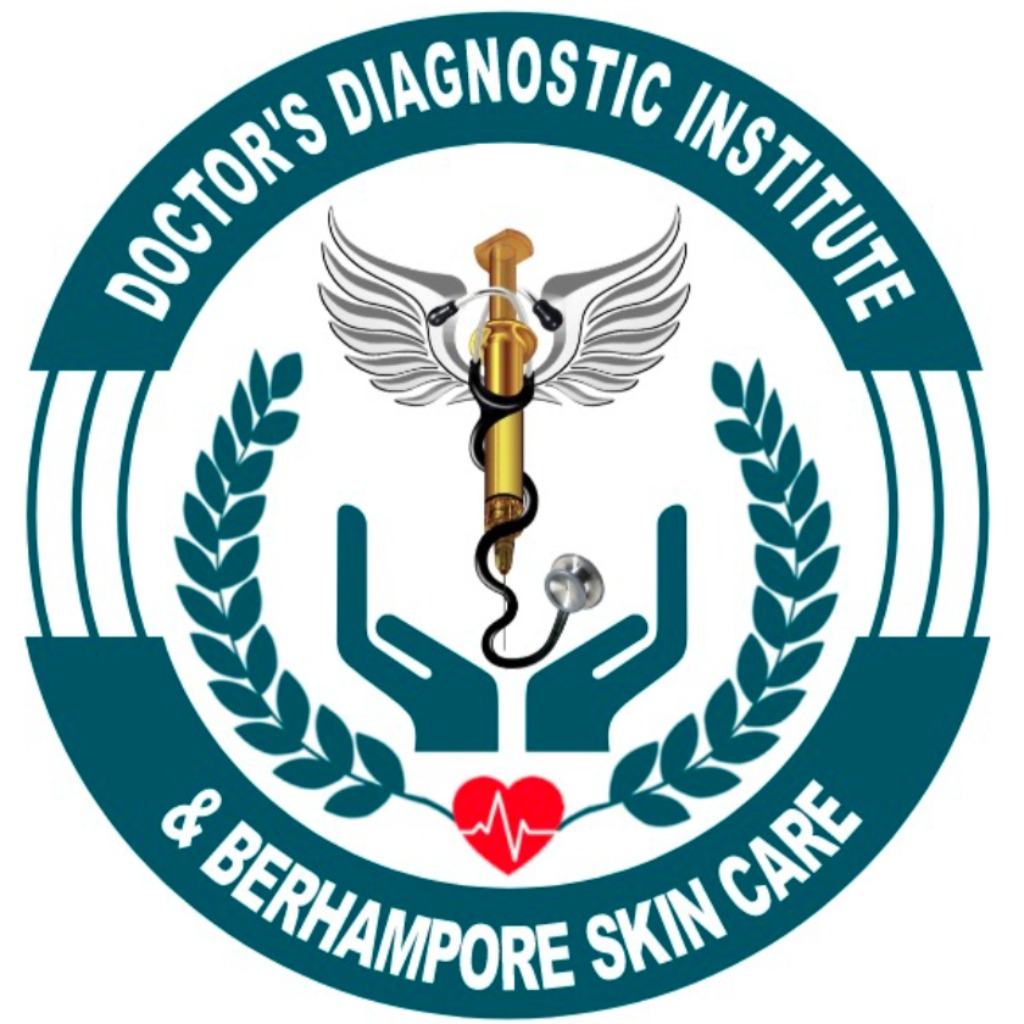Alopecia is a condition that leads to hair loss. It can affect people of all ages and genders. For those experiencing it, the impact is often more than just physical; it affects self-esteem and emotional well-being too. Raising awareness is crucial for effective management. Understanding the basics of alopecia – hairfall, the different types, and available solutions can help individuals better cope. This blog aims to break down the various aspects of alopecia, demystify myths, and present actionable solutions.
Understanding Alopecia: Types and Misconceptions
Alopecia refers to hair loss from any part of the body, not just the scalp. A common misunderstanding is that it causes complete baldness or that all hair loss is alopecia.

Unlike regular hairfall, which can be seasonal or stress-related, alopecia often requires medical attention.
Types of alopecia include: – Androgenetic alopecia: often hereditary, affecting many as they age. – Alopecia areata: characterized by sudden hair loss in patches. – Other types can be due to different causes like trauma or illness.
Understanding these differences can help dispel the myths and guide individuals in seeking the right treatment.
Exploring the Underlying Causes of Alopecia
There are several causes of alopecia. Genetics often play a significant role, as does family history. If your parents or grandparents experienced hairfall, you might be more prone to it too. Hormonal changes, especially those during pregnancy or menopause, can also worsen alopecia. Autoimmune disorders sometimes make the body attack its hair follicles, causing patches of hair loss.
Moreover, stress, certain medications, and traumatic events often lead to temporary hair loss. Preventive measures include learning how to prevent hair fall naturally at home and understanding what causes your hairfall vs hair loss. By keeping stress levels in check and watching out for harsh hair treatments, one can manage the situation better.
Symptoms and Diagnosis of Alopecia
Symptoms of alopecia can vary. In androgenetic alopecia, hair thins gradually, while in alopecia areata, hair falls out suddenly in patches. Spotting these signs early helps in getting proper treatment.
Diagnosing alopecia usually involves: – Visual inspection by a doctor. – Tests to check overall health and detect potential causes.
This helps in clearing up hairfall myths and facts and provides a clearer path for tackling the issue.
Comprehensive Treatment Options for Alopecia
For those experiencing alopecia, several treatment options exist. Medications like Minoxidil can sometimes halt or slow down hairfall and promote hair growth. Light therapy is another option that shows potential benefits. Preventing hairfall naturally involves steps such as reducing stress and avoiding hairstyles that pull on hair.
Alternatives include: – Making lifestyle adjustments, like improving diet and exercise routines. – Exploring how to stop hair fall at home naturally with homemade remedies or natural oils. – Salon treatments can also provide solutions like nurturing and repairing hair.
Each of these methods has its own set of benefits and effectiveness.
Emotional and Cosmetic Support for Managing Alopecia
The emotional toll of alopecia is real. Companionship can be tremendously healing, so seeking alopecia support groups for shared experiences and advice is beneficial. Cosmetic aids like wigs or hairpieces provide confidence.
It’s important to focus on mental well-being. Seeking professional help to deal with emotional stress often helps individuals manage better. Keeping a positive outlook, even when facing alopecia in women or men, can significantly improve one’s quality of life.
Current Research and Future Directions in Alopecia Treatment
The future of alopecia treatment looks promising. Ongoing studies and clinical trials promise new ways to tackle alopecia – hairfall. Researchers are looking into methods aiming at correcting genetic predispositions. Advances in technology are likely to open up more effective and accessible treatments.
Some anticipated advancements may include targeted medications or therapies. Staying updated with these developments and regularly consulting with healthcare professionals is crucial.
The road ahead shows promise. For those looking at hair regrowth solutions for alopecia, keeping an eye on emerging studies might lead to breakthrough discoveries soon. Let’s continue to share knowledge and lend support to those on their hair loss journey.
Struggling with hair loss? Alopecia can be managed with the right treatment! Consult the experts at Doctors Diagnostic Institute for a personalized hair restoration plan. 📞 Book your appointment today!

